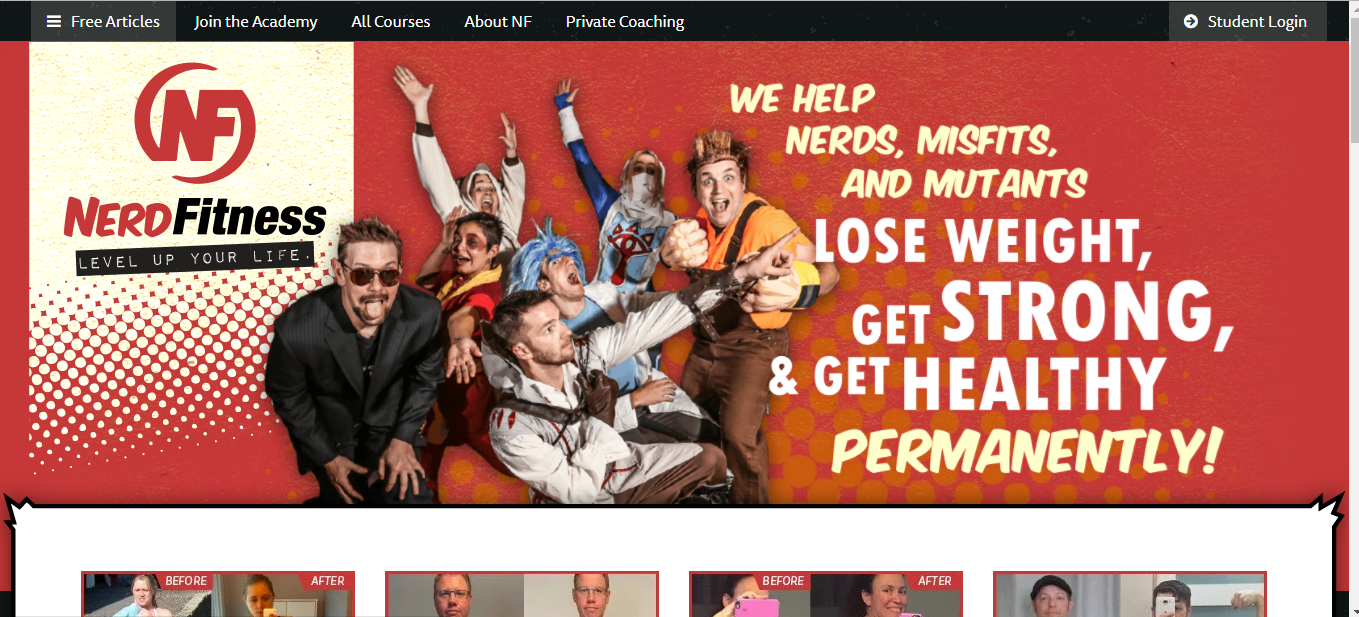Do you have a business plan that's going to help you break through in the online fitness industry? Just getting started can seem like a daunting task. The market is competitive, making it seem impossible to break in as a newbie.
Well, the first thing you need to get through your head is that it is not impossible. Will it be hard? Sure. But that doesn’t really tell us anything. All the things worth getting in life are usually hard.
However, there are ways you can make it easier on yourself, one of which is having a solid business plan in place that you can execute over time. The basic format for a business plan is the same across all areas, but there are some things that you as a personal trainer should be paying extra attention to so that you can maximize your sales numbers.
Follow these steps for writing your plan so that your business will be a resounding success.
Step 1: Remember Your Audience
There are really two steps included in this one. First, and this is something a lot of people don’t pay attention to, remember that one of your key audiences for your business plan may be investors. Yes, you are writing this plan to set yourself up with a strategy, but also to get people to buy into your business and help you out.
Why would you need investors?

You might not be going on Shark Tank, but you may need to ask for money to grow your business. Having a business plan makes this much easier
If you’re starting a bricks-and-mortar business, you may need to buy equipment, lease or buy a building, hire employees, etc. If you’re building an online business, you may not have the same capital expenses up front, but you might need cash to pay your own bills while you build up consistent revenue.
Therefore, you need to make sure you are paying close attention to revenue projections and expenses, as well as logistics such as a place of business and marketing.
The other aspect of appealing to your audience is knowing the market you are going after and being very specific about it. It’s easy to describe your audience as “people looking to get fit,” but this isn’t entirely helpful, as it casts too wide a net.
It’s much better if you can be more specific.
Are you going after both men and women? How old are they? What types of jobs do they do? What is their lifestyle like? The more specific you can be, the better prepared you will be to market to your audience, making your efforts more successful and your business more profitable.

It is important to know which market you're targeting. For example, Black Girls Run is ultra-targeted, making all of their marketing efforts very focused
Don’t wait until after you’ve started your training company to hone in on a market. Consider your strengths, research your local market and choose a segment you think you can add value to. Having this in your plan will greatly increase your chances of success.
Step 2: Determine Your Personal Brand
There are a lot of personal trainers out there, and many of them will be going after the same clients as you. That’s fine; there’s plenty to go around for everyone. However, for you to be able to attract clients and retain them, you need to do something to help distinguish yourself from the crowd.
The way you do this is with your personal brand; everyone has something that makes them different. Your job is to research the market, figure out how you are different and then make it known to current and future clients, giving them a reason to choose you as their trainer.

Your personal brand should appeal to your target audience. For example, this fitness blog Nerd Fitness targets people who consider themselves "nerds"
However, the planning process doesn’t stop here. Once you’ve got an idea as to what your personal brand is going to be, you need to figure out how you’re going to market it.
Will you run a blog? Or will you be more involved with social media? Who’s your target audience? How do they learn about and contact trainers?
All of these questions need to be addressed when you are writing your business plan. If you wait until you are up and running, it’ll be harder to make a switch. It’s much better to start with a blank canvas than to try and paint over what’s already done.
Of course, you’ll be able to tweak things as you go, but the clearer you are from the beginning the better you will be in the end.
Step 3: Decide on Your Lead Generation Strategy
It’s easy to think that closing is the most important aspect of the sales process. After all, it’s when an interested party becomes a client. But equally important is the process of generating new leads, as this is where you’ll get your pool of potential clients.
When you’re writing your personal training business plan, it’s critical you have strategies in place for generating leads. Notice “strategies,” not strategy.
It’s impossible to tell what will work before you try, but it’s also unlikely you’ll be able to afford your list of potential clients drying up. You need to have different ways of attracting new customers so that you don’t become overly dependent on just one.
One of the more reliable methods is search engine optimization (SEO). This is the process of tailoring your site and its content so that there is a better chance your pages will show up at or near the top of search engine results.

Search Engine Optimization (SEO) is made up of many components and skills, including keyword research and link building.
Being able to rank for relevant keywords will mean interested parties finding you much more easily. For personal training, location is very important, making it slightly easier to rank as you are only competing with other trainers in your area.
Email marketing is another great strategy, and this usually comes from having an engaging blog that people follow and use as a source of information; they subscribe to you and this gives you the chance to offer them promotional content.
However, no matter what strategy you choose, you’ll need to have a plan. Both SEO and email marketing don’t produce results out of nowhere. They are the result of careful strategic planning, and they should be included in the initial plans for your business.
Business Plan Conclusions
The key to success is hard work. As a trainer, you likely already know this, and now it is time to apply this approach to your training business.
Spend some time getting to know your audience, and work to develop a strong brand and an effective lead generating strategy so that you can put your personal training business in the best position to succeed.




